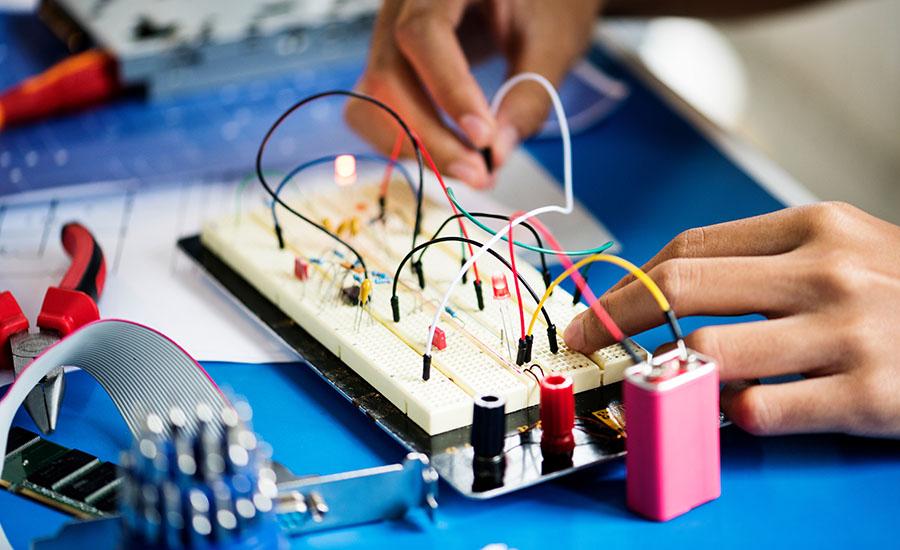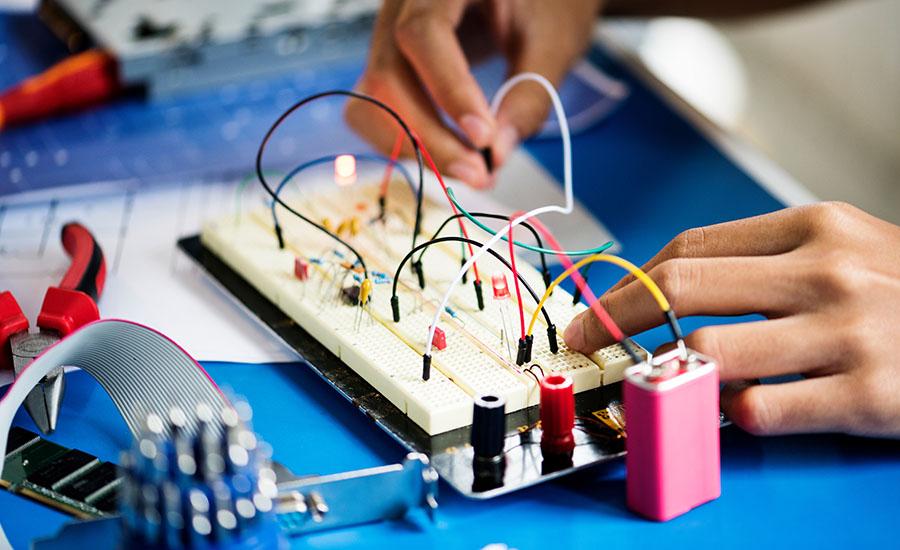
Deriving Ohm’s Law (Revised)
In this lesson, students use a pHet simulation to derive Ohm's law. Students will be able to describe Ohm’s law with a formula and through written expression.
Lesson Plan Link/URL
https://docs.google.com/presentation/d/1NtDeaaGt9S5hbfNfB4MiaiOCtXPakbum/edit?u…Subject Area
Science Physical Science P4: Energy Transfer Engineering S4: Apply Science to EngineeringRelated Content

By 2028, NASA plans to send a mission to Mars to retrieve samples collected by rovers and return to Earth. Student teams are challenged to build a rover and design a way to retrieve as much cargo as

In this lesson, students apply their knowledge of Ohm's Law and describe the amount of current that flows through and the amount of voltage across a parallel circuit. They do these by exploring the

This lesson allows students to describe the amount of current and voltage, and apply their knowledge of Ohm's Law in a series circuits. They do this by using the PhET Constructing Circuits Kit: DC and